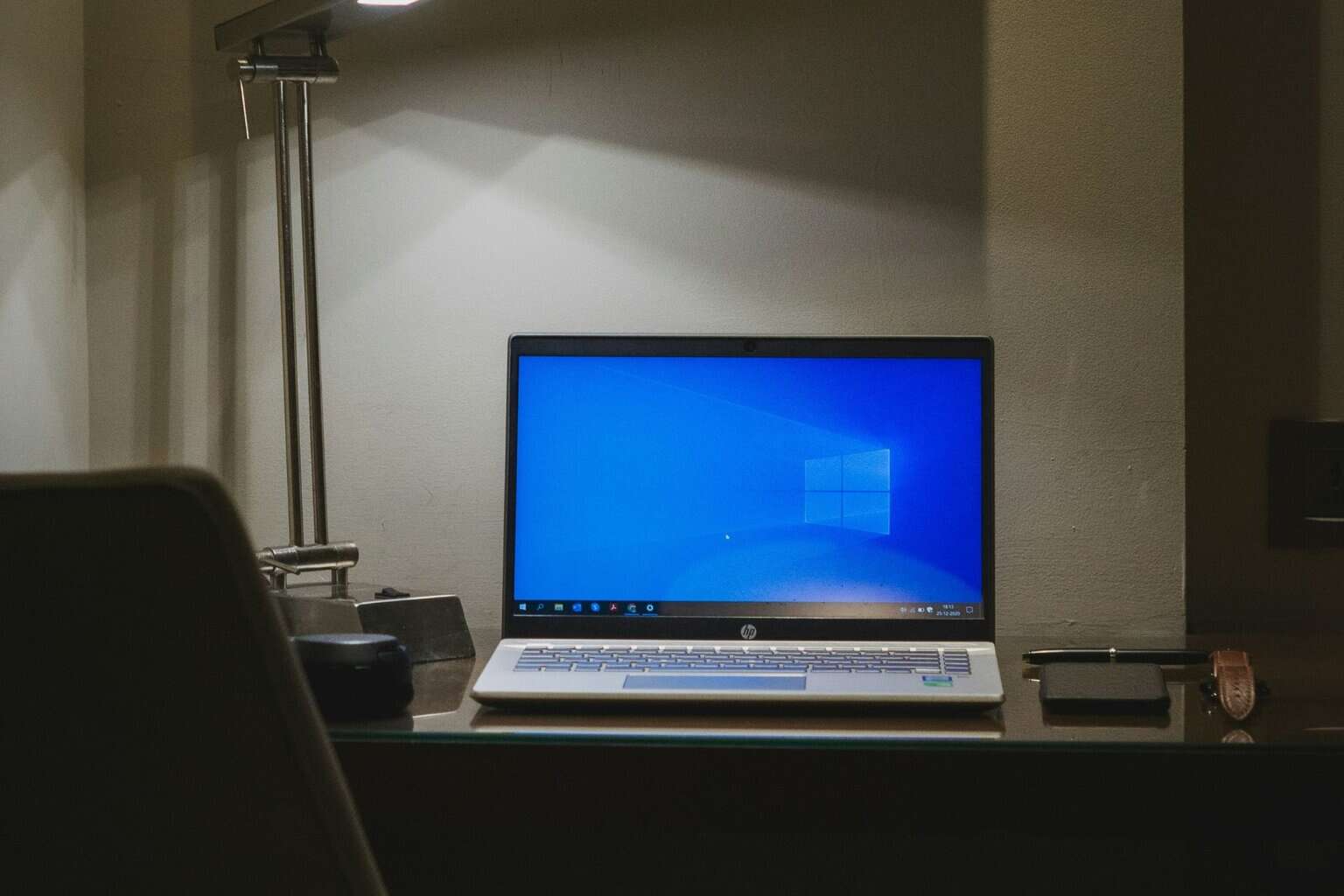ERROR_TIMER_RESOLUTION_NOT_SET [BSoD Fix]
First, ensure you use correct functions while settings time resolution
4 min. read
Updated on
Read our disclosure page to find out how can you help Windows Report sustain the editorial team. Read more
Key notes

The ERROR_TIMER_RESOLUTION_NOT_SET with the error code 607 (0x25F) and description The timer resolution was not previously set by the current process, indicates that a process was supposed to set a timer, but it didn’t. You might see this when there’s a problem with how the system handles timers or the process doesn’t correctly set the timer.
How can I get rid of ERROR_TIMER_RESOLUTION_NOT_SET?
1. Make sure the timer resolution is set
Some processes in Windows may need a specific timer resolution. If you use a program that changes the timer resolution, make sure it is called timeBeginPeriod() at the start and timeEndPeriod() at the end. The timeBeginPeriod() function sets a global timer resolution in milliseconds, and the timeEndPeriod() restores the default one.
Furthermore, if you are a developer and work with code that handles timer resolution, you must check that you used both functions properly, especially if these are time-sensitive operations.
2. Check for permissions
If you are running an application and encounter this error, right-click the file shortcut or executable file and select Run as administrator to try to fix it.
However, if you are running a script or command using Command Prompt or Windows PowerShell when you get the ERROR_TIMER_RESOLUTION_NOT_SET, press Windows + X and select Command Prompt(Admin) to run it.
You can also set an application to always run as an administrator by right-clicking the app and selecting Properties from the context menu. Then, go to the Compatibility tab and place a checkmark next to Run this program as an administrator.
3. Update the device drivers
- Press Windows + R to open the Run window.
- Type devmgmt.msc and click OK to open the Device Manager app.
- Go to each category from the system components list, click it to expand, then look for a problematic driver (the one with a yellow triangle with an exclamation mark inside)
- Once located, right-click it and select Update driver from the context menu.
- Select Search automatically for drivers.
Windows will try to find the latest and best driver for your device. If it fails, you can download the latest version to the device manufacturer’s website. Alternatively, you can opt for a third-party driver updater tool to ensure that all the device drivers are always up to date.
4. Reinstall conflicting software
- Press Windows + I to open the Settings app.
- Select Apps from the left pane.
- Choose Installed apps.
- Locate the affected app, click the three-dot icon, and select Uninstall from the context menu.
- Click the Uninstall again on the following prompt to confirm.
- Go to the official website or Microsoft Store to download the latest app version.
5. Check for Windows updates
- Press Windows + I to open the Settings app.
- Go to Windows Update, then click Check for updates.
- If there is an update available, click Download & install.
- To check optional updates, select Advanced options.
- Under Additional options, select Optional updates.
- If an update is available, select it and click Download & install.
- Once the updates are downloaded & installed, you may get a prompt to restart; you must reboot your PC to complete the process.
To conclude, you can fix the ERROR_TIMER_RESOLUTION_NOT_SET by ensuring timer resolution is set correctly, checking for permissions, updating the device drivers, reinstalling the conflicting software, or checking for Windows updates.
We also have a guide on ERROR_TIMER_RESUME_IGNORED, so don’t miss it for more information.
If you have any questions or suggestions about the BSoD error, feel free to mention them in the comments section below and we’ll be sure to check them out.


















User forum
0 messages